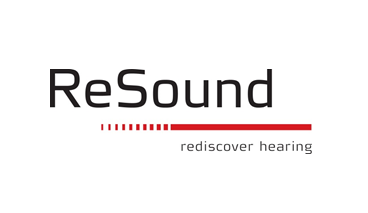
Providing the best hearing aids and hearing care in Scotland
The Hearing Aid Centre Ltd
Audiology House, Oakwood Park, Livingston, UK, EH54 8AW
How Digital Hearing Aids Work
And Information on Hearing Aid Types
To find out more call 01506 420519 or 0800 1696862
How Digital Hearing Aids Work
Digital hearing aid technology's superiority over traditional analogue hearing aids isn't just what it can do with sounds, but how much better it does it. By converting the incoming signals into computerized 'bits,' they can be processed, or manipulated extremely fast and efficiently in many complex ways using mathematical formulas known as algorithms. This gives digital signal processors (DSP) tremendous speed and agility to recognize sound's key ingredients.
Like a graphic equalizer in some audio systems, algorithms can continually divide sounds into frequency channels. These help preserve and emphasize the higher frequencies containing vital consonant sounds in speech the "c" and "t" sounds in "cat" - over the distracting rumble of low-frequency noise.
Algorithms also manage noise by its duration. While speech sounds' intensity can change radically in a millisecond, noise is more acoustically stable over a comparatively longer time. Using time, DSP precisely reduces the levels of continuous sounds like traffic noise and household appliances. And it instantaneously readjusts when changes occur, restoring amplification when shorter duration sounds are detected.
That same sensitivity is also useful in quiet surroundings. Utilizing an audio technique called expansion, the digital algorithm senses the consistency of softer environmental sounds from ventilation systems and appliances so as to not make these sounds intrusive.
It automatically reduces amplification in the appropriate frequency range, immediately restoring proper levels when the sound pattern changes.
Digital algorithms can also minimize and eliminate the onset of feedback, a common nemesis to hearing instrument use. Within its elaborate frequency channel network, the algorithm detects the elements of feedback before they become audible. It then reduces levels in just those discreet channels, with no noticeable effect on perceived volume levels.
The precision and flexibility of digital technology also give me the ability to more accurately tailor your amplification for the best possible match to your listening and lifestyle needs.
Digital Hearing Aid Types
Since 1997 I have helped people like you or your family and friends to regain their hearing. I understand how people's self-confidence and social life can be affected by a loss of hearing. Don't Suffer in Silence, call me on 01506 420519 or 0800 1696862 to arrange a consultation and free trial on the latest hearing aid technology.
There are five main types of digital hearing aids available:
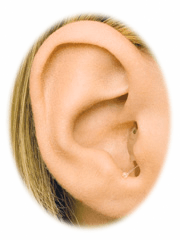 |
Completely in the canal hearing aid.The completely in the canal hearing aid is barely visible. These hearing aids are popular for their aesthetic appeal, but their size may be unsuitable for some individuals ears. | |
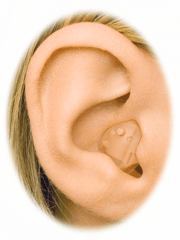 |
In the canal hearing aid.The In the canal hearing aid is smaller than the in the ear style, with an ear-mould that fits down in the ear canal, and a smaller portion facing into the outer ear. | |
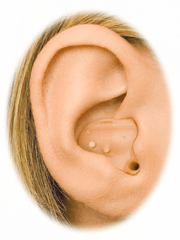 |
In the ear hearing aid.The In the ear hearing aid houses the components in custom formed ear-mould that fits in the outer portion of the ear. Its size is helpful for those with limited dexterity. | |
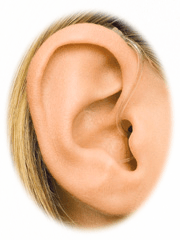 |
Mini Behind the ear hearing aid. The mini behind the ear hearing aid with slim tube is a very cosmetically attractive option for those with a mild to moderate hearing loss. | |
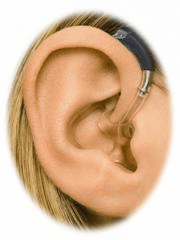 |
Behind the ear hearing aid.The behind the ear hearing aid is usually for more severe hearing losses and again like the in the ear hearing aid is helpful for those with limited dexterity. |
No matter which type of hearing aid you choose its performance will help introduce you back into the world of sound. Your hearing aids will allow you to fully participate in conversations again.
Contact me for further information on 01506 420519
Looking For a Hearing Test or The Very Latest Hearing Aids
Call 01506 420519 to arrange an appointment or click below to provide your details


